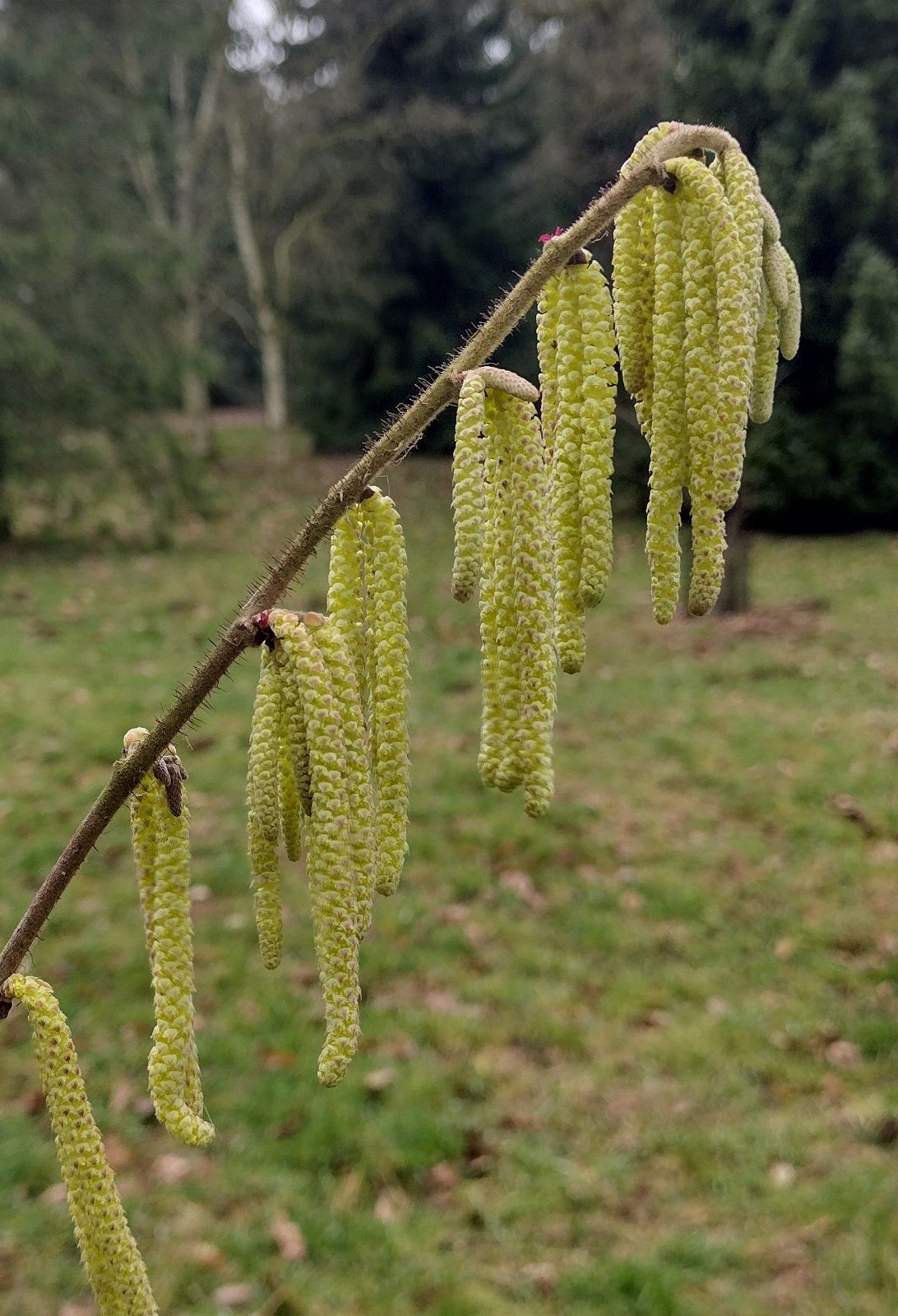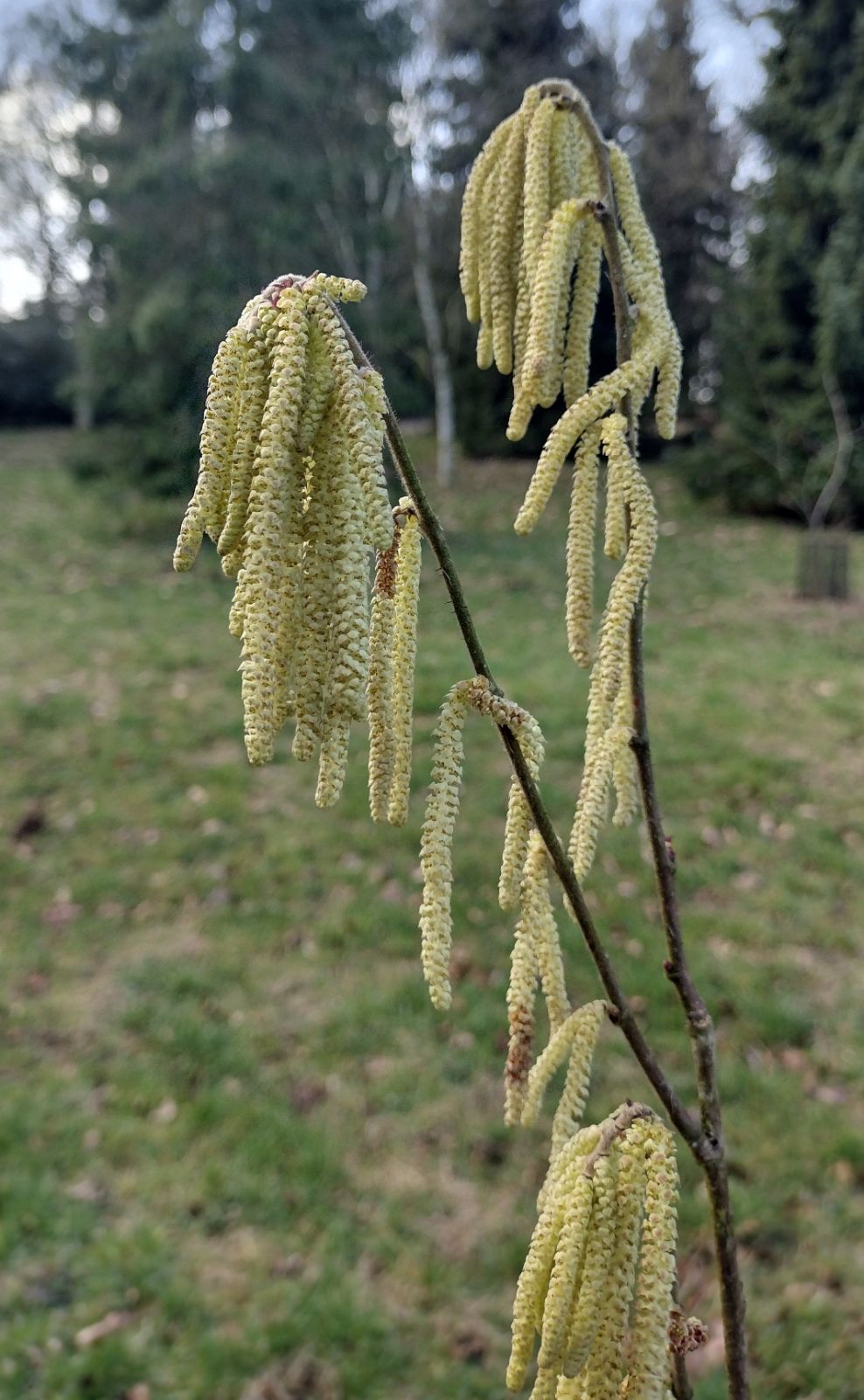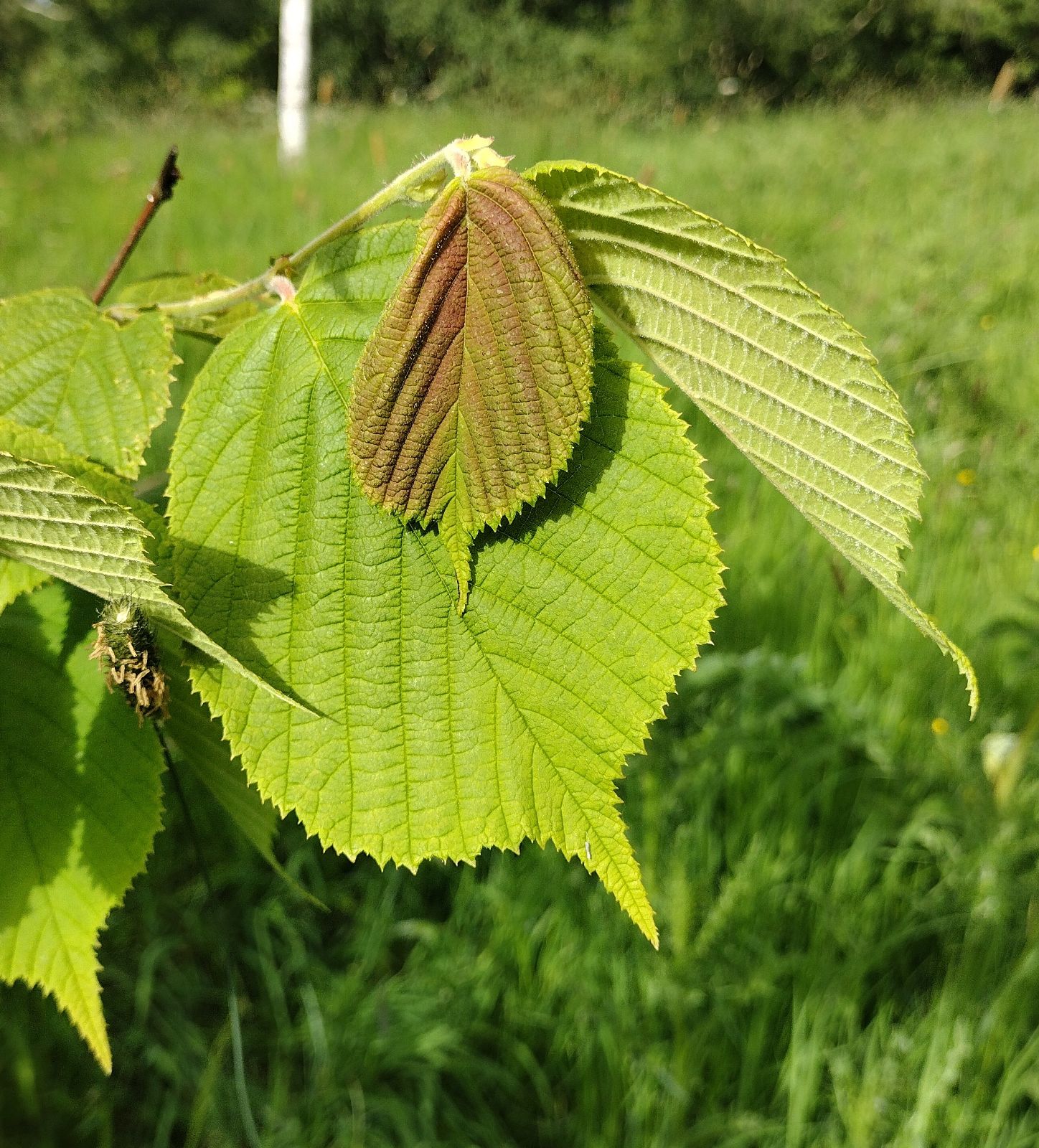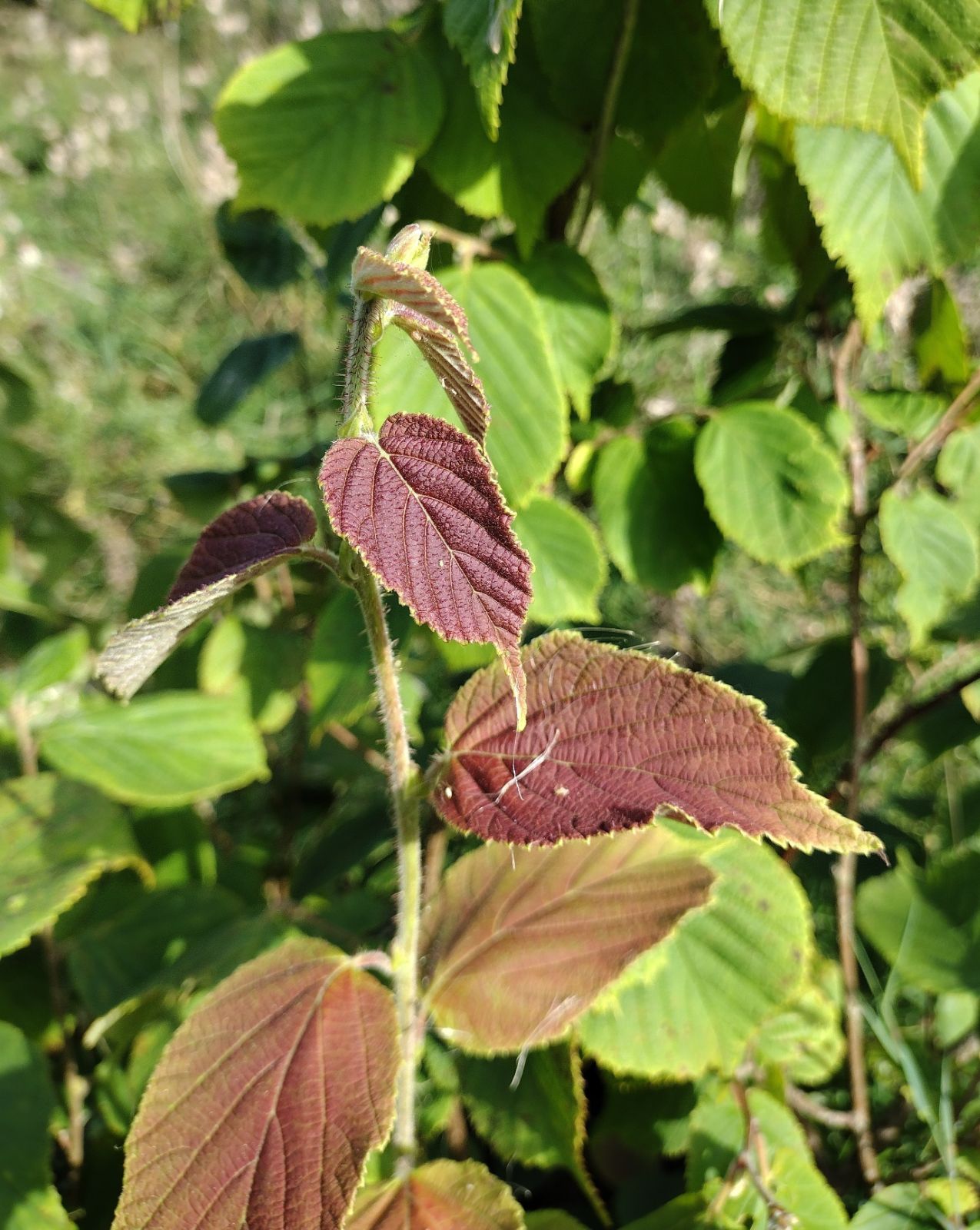Corylus yunnanensis
Sponsor
Kindly sponsored by
Kent Men of The Trees
Credits
Owen Johnson & Richard Moore (2023)
Recommended citation
Johnson, O. & Moore, R. (2023), 'Corylus yunnanensis' from the website Trees and Shrubs Online (treesandshrubsonline.
Genus
Common Names
- Yunnan Hazel
- 滇榛 (dian zhen)
Synonyms
- Corylus heterophylla var. yunnanensis Franch.
Other taxa in genus
- Corylus americana
- Corylus americana × avellana
- Corylus avellana
- Corylus avellana × cornuta
- Corylus avellana × heterophylla
- Corylus avellana × maxima
- Corylus avellana × sieboldiana
- Corylus avellana × sutchuenensis
- Corylus Badgersett Hybrids
- Corylus chinensis
- Corylus colchica
- Corylus colurna
- Corylus × colurnoides
- Corylus cornuta
- Corylus fargesii
- Corylus ferox
- Corylus 'Grand Traverse'
- Corylus heterophylla
- Corylus jacquemontii
- Corylus maxima
- Corylus 'Purple Haze'
- Corylus 'Rosita'
- Corylus 'Ruby'
- Corylus sieboldiana
- Corylus × spinescens
- Corylus sutchuenensis
- Corylus 'Te Terra Red'
- Corylus × vilmorinii
Shrub or small tree to c. 7 m. Bark grey, breaking into scales. Twigs purplish brown with scattered white lenticels but with a dense felt of tawny hairs, plus longer glandular hairs. Leaf 4–12 × 3–9 cm, ovate to orbicular or obovate, cordate at the base and with an abruptly acuminate tip between rounded shoulders, margin irregularly and doubly serrate; densely hairy beneath and sparsely hairy above the veins; petiole 7–12(–22) mm long, densely hairy and with some longer glandular hairs. Male catkins 2–3 together. Nuts 2–3 together, ovoid to globose, large (15–20 mm wide), their shells densely hairy; bracts bell-shaped, shorter than the nut, with triangular lobes, ribbed, and with a dense yellow to grey felt. Flowering (in wild) May–July, fruiting July–September. (Li & Skvortsov 1999).
Distribution China W Guizhou, Hubei, SW and W Sichuan, W Yunnan (Dali Xian)
Habitat Thickets on mountainsides, to 3700 m.
USDA Hardiness Zone 7
RHS Hardiness Rating H5
Conservation status Least concern (LC)
Corylus yunnanensis represents part of a complex group of hazels of which C. heterophylla is the most widely distributed kind (and the first to be described). Recent phylogenetic analyses show that C. yunnanensis is very close to C. sutchuenensis (Zhao et al. 2020); Plants of the World Online (Royal Botanic Gardens, Kew 2023) treats this latter taxon as a variety (var. sutchuenensis) of C. heterophylla, but also accepts at species level two more very close allies, C. potaninii Bobrov and C. wulingensis Q.X. Liu & C.M. Zhang, neither of whose genes may as yet have been sampled. C. yunnanensis was first described as a variety of C. heterophylla by Adrien Franchet in 1899, and was raised to species level by Aimée Camus in 1930 (Holstein, Tamer & Weigend 2018). It seems very likely that further research into this group will encourage the publication of new combinations of these names.
Within this group, C. yunnanensis can be recognised by the particularly dense felt of fine yellowish hairs on the twigs, leaf-stalks and the husks of the nuts. It also seems more likely to grow as a small tree than its nearest, shrubby allies. The first introduction to the west may not have been until 1992, when William McNamara collected seeds at 2690 m in the Kangwuliangzhi Shan, Sichuan Province (McNamara 34). Two seedlings were grown at the Sonoma Botanical Garden in California and were first identified as the distantly related C. fargesii; Keith Rushforth re-identified them in 2017 (Camelbeke & Aiello 2017 and addendum). One has made a rather shapely small tree with single bole whose pale grey bark flakes almost as shaggily as that of the distantly related C. chinensis. Other collections (all growing in the UK) include John Rippin 147 (1999) at the Sir Harold Hillier Gardens, KR 7700 (2002) at Ness Botanic Garden and the Yorkshire Arboretum (Keith Rushforth had also collected the species in 1993 and 1996), and Dickson, Brown & Tricker 270 (2015) at the Royal Botanic Garden Edinburgh (Royal Botanic Garden Edinburgh 2023; K. Rushforth pers. comm.).
The unusually large size of the nuts reported in Flora of China (Li & Skvortsov 1999) suggests that C. yunnanensis might be a good subject from which to select or hybridise future fruiting hazels, but it seems to be too obscure an entity for nut breeders yet to have experimented with it.




